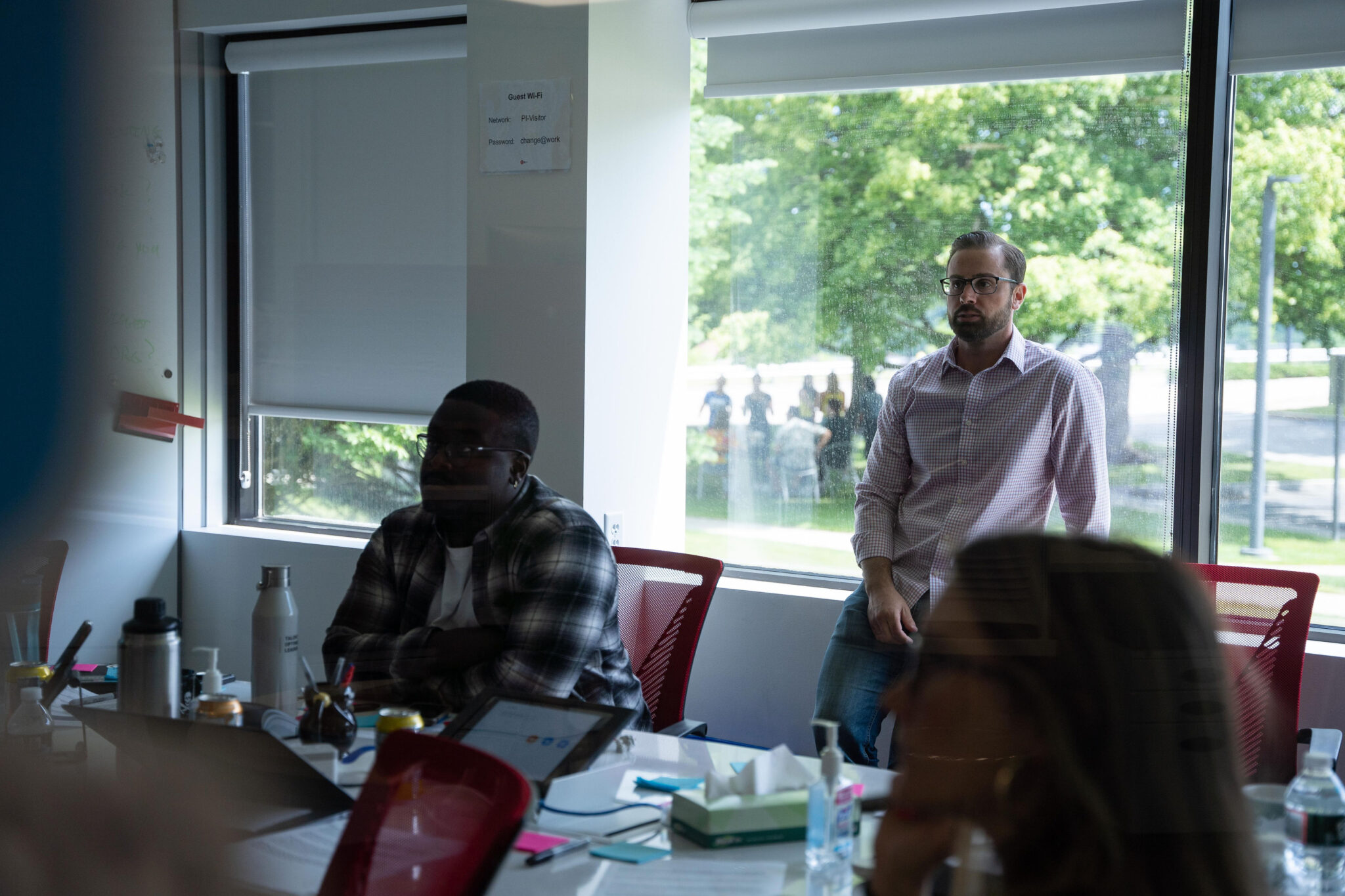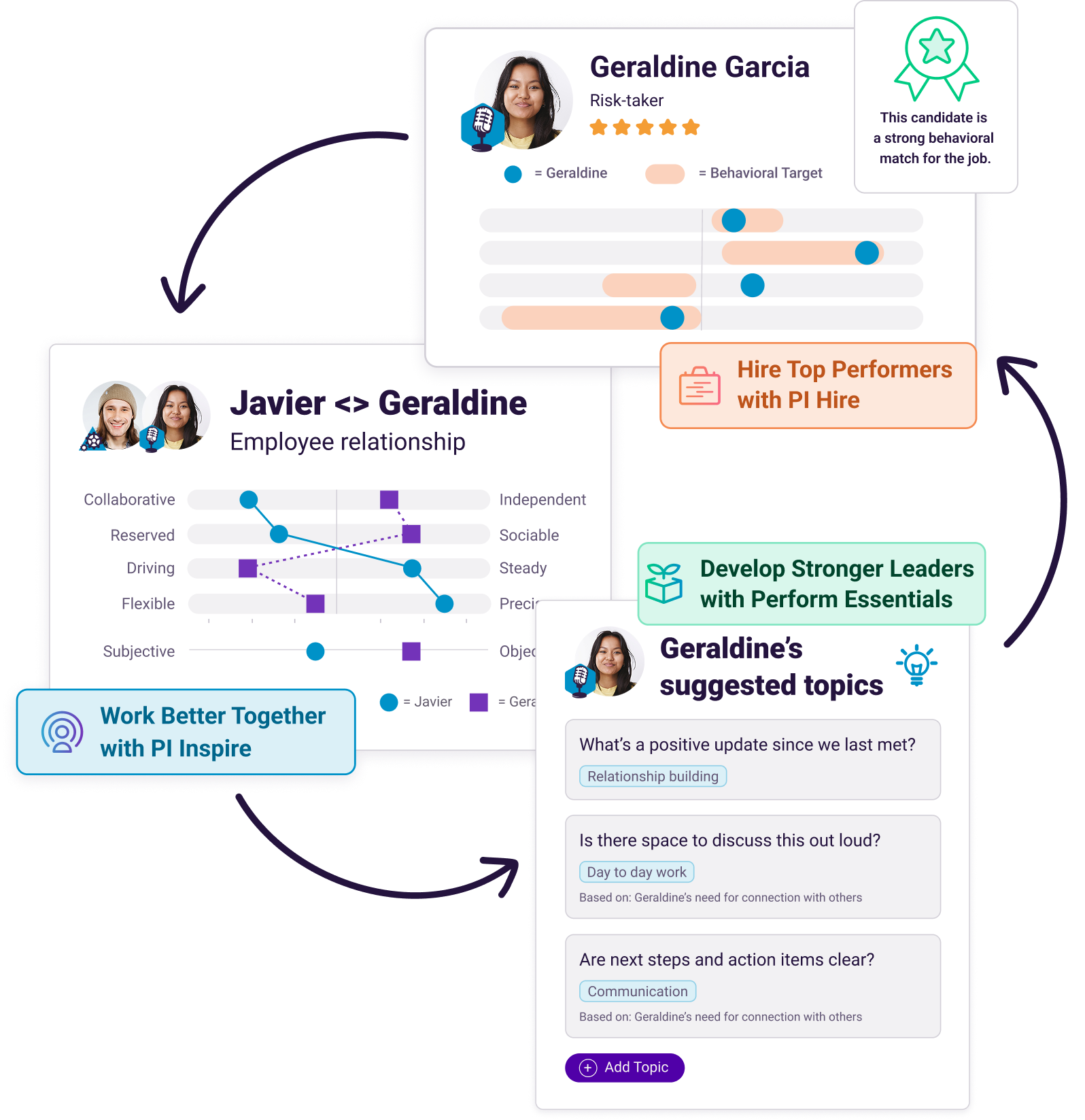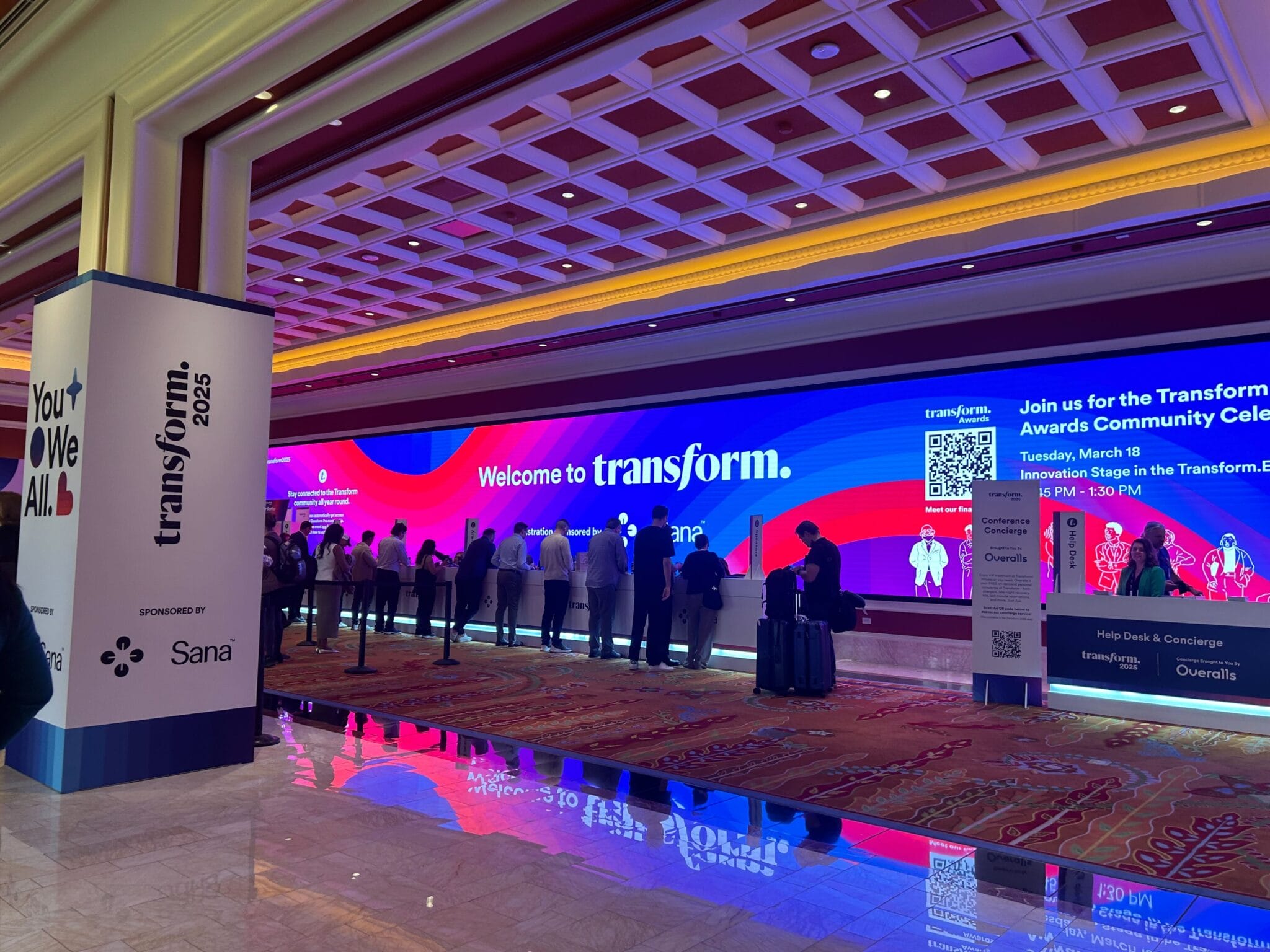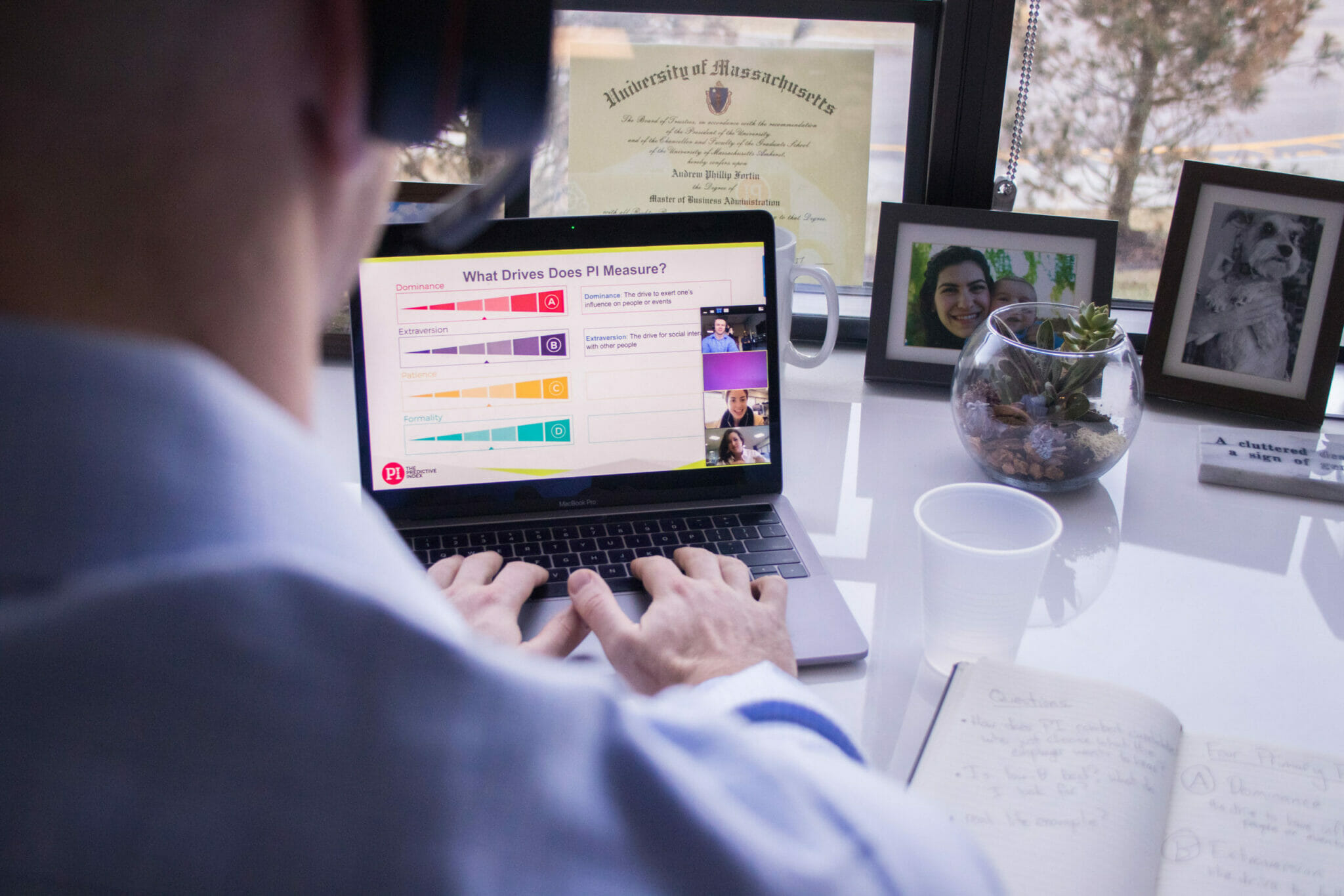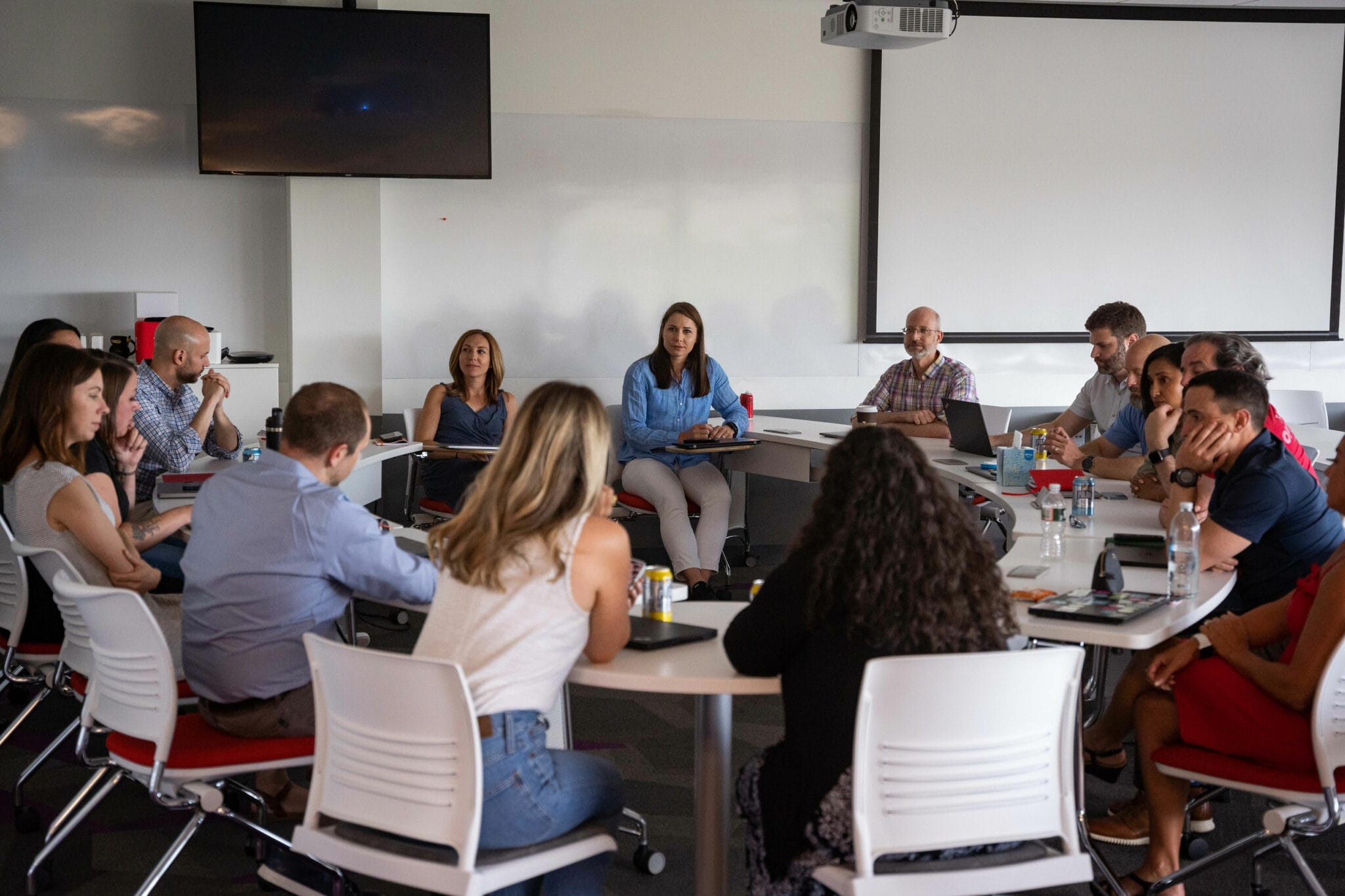Achieving talent optimization means getting a lot of things right. There is a lot of powerful information from science, technology, analytics, and research that will get you focused in the right direction. Below are a list of great reads to help you on your talent optimization journey.
Artificial intelligence
In a recent summary on Bersin’s 2019 HR Technology report, I highlighted how common and critical artificial intelligence (AI) is becoming to HR. But, to many HR professionals, AI can sound like a buzzword that vendors throw into their products to seem relevant and cool. This article from Jessica Miller-Merrell sets a nice foundation for understanding the roles that AI can play for the human resource field.
Personality and inclusion
Ever since watching Susan Cain’s TED Talk on “The Power of Introverts”, I’ve been fascinated by how the other half lives. As a raging extravert (sorry, every single person in my life), I have done my share of overwhelming those who would prefer a little less social interaction. While I tend to be more aware of the differences—after two decades in the personality assessment space—I still need a little reminder about the plight of the introvert. In this article, Glen Cathey explores the struggles of introversion through a diversity and inclusion lens.
People analytics
People analytics is the fastest growing sub-discipline in HR—and for good reason. Getting it right can lead to substantial benefits for the company and for the employees. However, there are a lot of layers to getting people analytics right, including having the right people, technology, and culture. This SHRM article has commentary from some of the top people analytics leaders in the world and covers a broad set of topics to help you get “in the know” fast.
Workforce planning
Talent optimization is ultimately about aligning talent strategy with business strategy. Other functions, like finance, have entire financial planning and analysis departments that create long-range plans around money and strategy. Rupert Morrison makes a solid case about how companies should do the same around talent by forming a forward-looking organizational planning and analysis department. Maybe this will help you make the case in your organization?
HR technology
The sheer volume of HR tech tools available is incredible. Which begs the question: How do you make a smart decision about which to use? Kevin Grossman makes the case for treating candidates—and even employees—like customers, and that this should be a major focus when considering the types of technology companies invest in. Consider these points in your quest to find the perfect tools.
Are there other resources or articles that you’ve found insightful on your talent optimization journey? Share them in the comments.
Join 10,000 companies solving the most complex people problems with PI.
Hire the right people, inspire their best work, design dream teams, and sustain engagement for the long haul.
